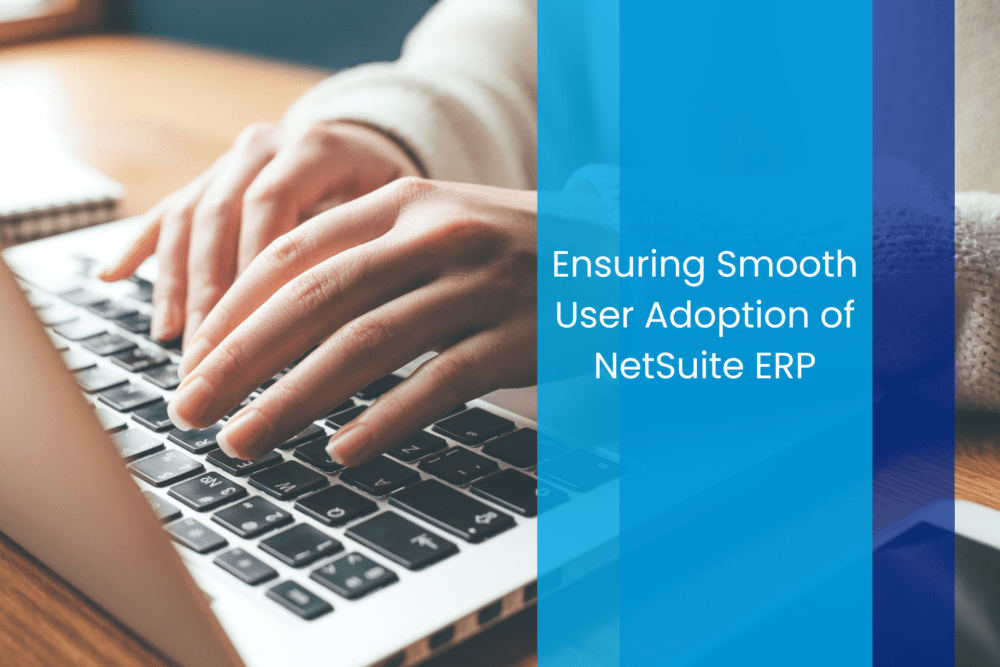As astute organizations seek to optimize their operations and enhance decision-making, the significance of user adoption in NetSuite cannot be overstated. Effective user adoption ensures that employees are well-trained and comfortable with the system, leading to increased efficiency, reduced errors, and a more seamless integration of business functions. Embracing NetSuite ERP fully helps organizations realize their potential, driving better performance and supporting strategic growth.


What are the challenges of NetSuite user adoption?
In many organizations, change is sometimes resisted. The implementation of a new system can be daunting at times, which is why proper training and adoption are so vital to its success. Some users may not only have challenges with change, but also with lack of technical skills. A solid implementation partner will know this beforehand and take it into account. Knowing that each user learns using different methods at different paces, they will ensure that users receive training options – and not just provide a single method for adoption. Adequate training is crucial for successful adoption, with well-structured training materials so they may be used effectively. Because NetSuite has an intuitive user interface and aligns well with user workflows, the platform is more easily adopted. Other challenges include data migration – moving data from legacy systems to NetSuite can be complex, which is why an experienced partner is so crucial. Poor data quality, incomplete migration or disruption of operations can reduce confidence in a new system. Additionally, integrating with other systems can be challenging and if it’s not seamless, it can lead to data silos and operational inefficiencies. Addressing these challenges head-on is the job of the implementation partner. Ensuring the least amount hurdles will encourage users to embrace NetSuite and move forward with implementation into the organization.
Developing a Strategic Training Approach
A strategic training approach begins with an assessment of training needs and identifying the many user roles and their specific training requirements. Sometimes, a skills gap analysis is done to determine what needs to be taught, but it may not be necessary with some organizations whose employees have used other systems in the past. What’s important is to offer training in various methods. Some users learn better through video instruction, while others prefer a more hands-on approach and may need a live walk-through. A good implementation partner will offer different options including in-person sessions, and self-paced online video courses. They can provide access to tutorials, guides, and FAQs as well.Effective Communication Strategies
Developing positive user adoption of NetSuite involves good communication and accessibility. Articulating NetSuite’s advantages and why they have chosen to implement the software, how it will make their work much easier, and sharing client success stories and case studies can also help. Keeping users informed about implementation timelines and changes is vital, as is providing progress reports and addressing concerns promptly. Being available to answer questions via phone, email, or scheduled Zoom meetings – offering various forms of communication can also ease their woes and help communication efforts. Encouraging user feedback to identify issues and areas for improvement and showing the implementation partner is open to changing things for the better is great. Urging user feedback to refine training and support efforts can also help the partner as well as the user.




